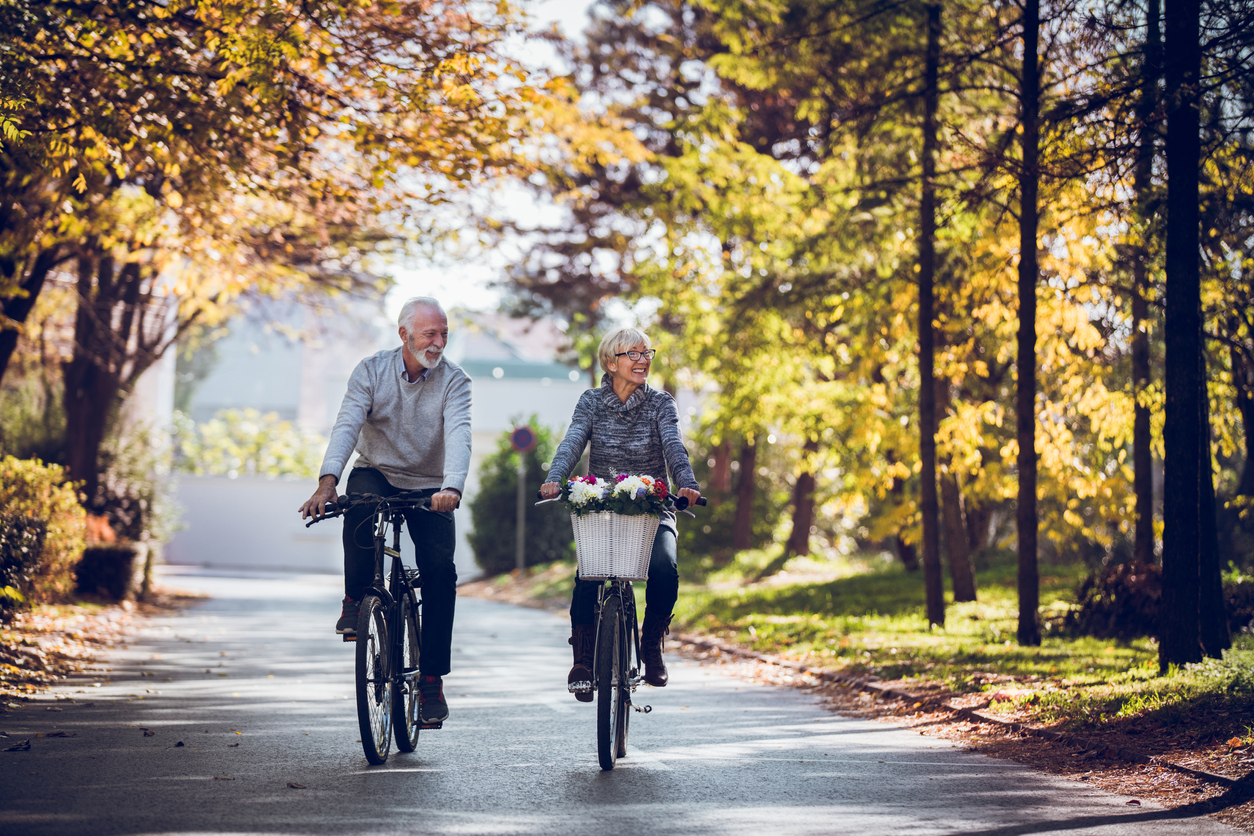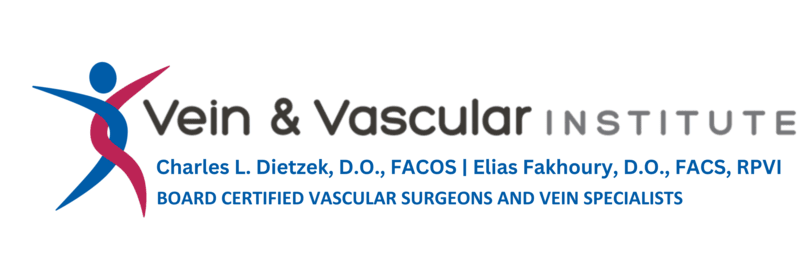
Don’t put the brakes on your bike rides just because of a few reports of long-distance cyclists developing varicose veins. Quite the contrary — biking is good for your legs.
If you have varicose veins, you’ve probably been told to exercise. Exercising stimulates the calf muscles and keeps the blood flowing in the right direction. Bicycling, in particular, accomplishes those objectives. Yet you may wonder if bike riding is truly a beneficial workout when you see sensationalist accounts of marathon cyclists, including an American who participated in the Tour de France, who seem to have developed varicose veins due to their sport.
Don’t let those reports stop you from pedaling. Cyclists who compete in marathon bike races develop varicose veins because they spend years biking for extremely long distances, racking up way more hours than any ordinary person could. If you ride for shorter periods daily or even if you compete in an occasional weekend bike derby, you’re not subject to the same stresses on your leg veins.
How Long-Distance Cycling Causes Varicose Veins
To understand why marathon cyclists are especially prone to varicose veins, you have to understand what causes the bulging veins in the first place. Our circulatory system transports blood from the heart to the extremities and back again through a network of veins and arteries. Within the leg veins are small valves that ensure blood returns to the heart. However, several factors, including heredity, pregnancy, and excess weight, weaken those valves. Consequently, blood remains within the vein. As the vein walls are stretched, visible varicose veins emerge along the legs.
Varicose veins may also form when seated for long periods, which is likely the main reason marathon cyclists develop varicose veins. The intense pressure put upon their leg veins as these riders both sit on their bike seat and pump blood throughout their bodies for many hours eventually causes varicose veins to pop up from under the skin.
A case study of an amateur competitive cyclist in England who developed varicose veins after a race concluded the stress of the biking uphill likely caused her varicose veins. Yet researchers cautioned that since the study was based on one person and other factors may have been present, it’s not definitive proof of a link between competitive cycling and varicose veins.
The researchers also noted that like other world-class athletes, long-distance cyclists have less body fat, so the varicose veins are more noticeable. In addition, as blood surges to the muscles during strenuous workouts, such as weightlifting and uphill cycling, veins may plump up temporarily.
These conditions typically apply only to world-class cyclists. Your daily 30-minute bike ride or weekend race will not cause varicose veins. In fact, if you have varicose veins, biking could help ease the symptoms by invigorating circulation. Wearing compression stockings during your ride will boost blood flow, as well. Always check with your doctor before starting an exercise program, but unless you’re training for the Tour de France, you can keep on pumping the pedals without worry.
Varicose Vein Treatments
Although exercises like bicycling can reduce the discomfort of varicose veins, minimally-invasive outpatient surgery is the only method that eliminates unsightly veins. The staff at Vein & Vascular Institute can go over the many treatment options we offer as part of a permanent solution to your varicose veins. Contact us today to learn more.

